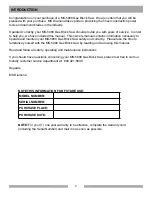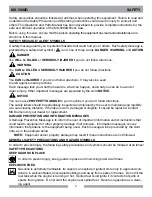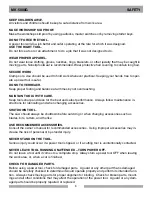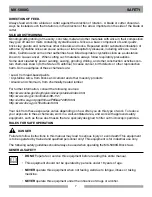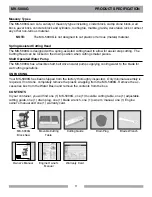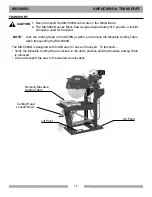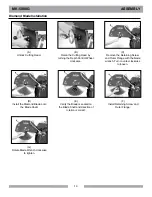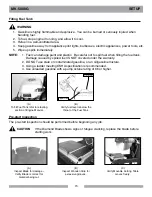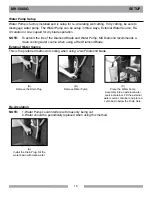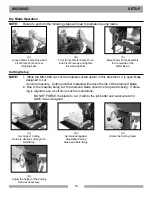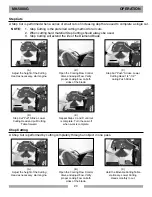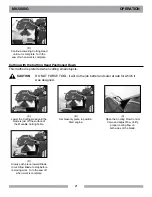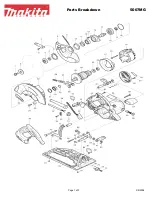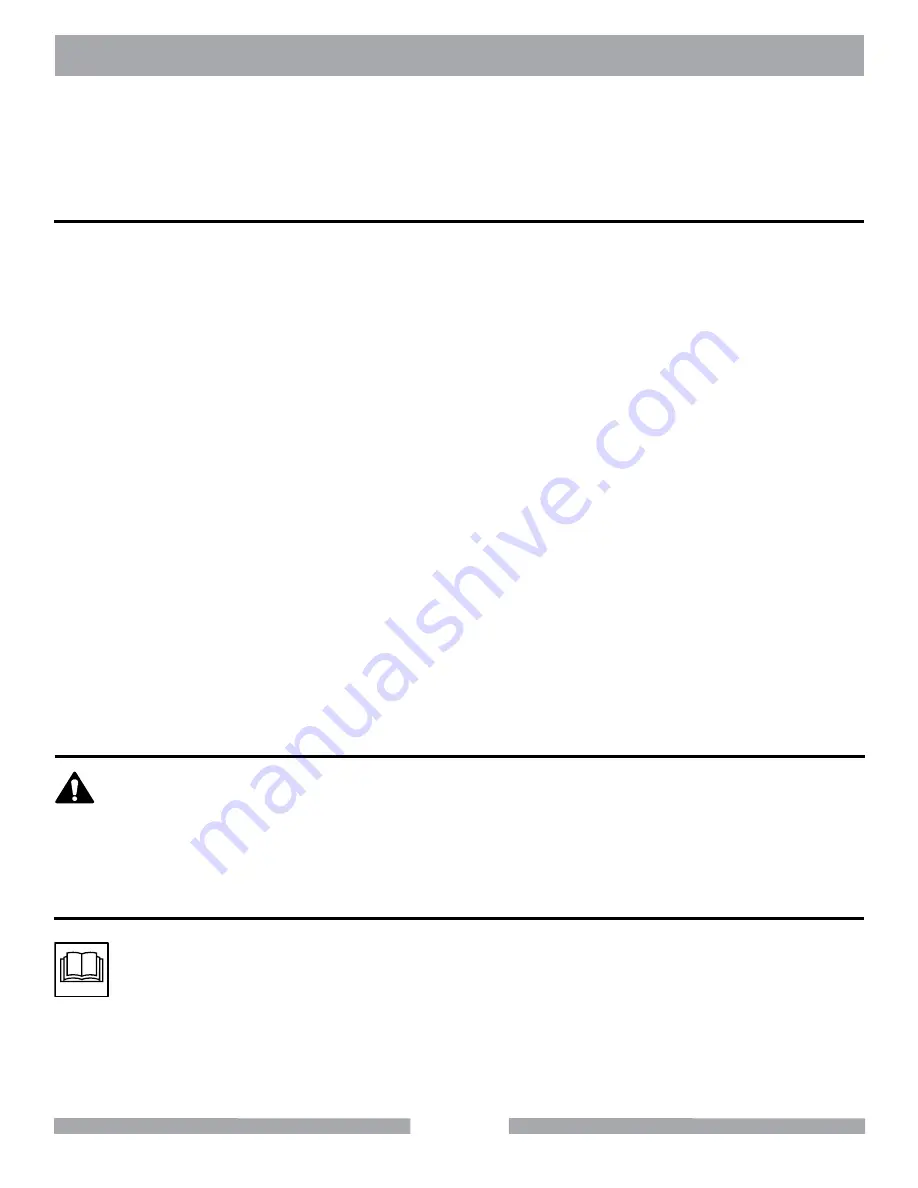
7
Grinding/cutting/drilling of masonry, concrete, metal and other materials with silica in their composition
may give off dust or mists containing crystalline silica. Silica is a basic component of sand, quartz,
brick clay, granite and numerous other minerals and rocks. Repeated and/or substantial inhalation of
airborne crystalline silica can cause serious or fatal respiratory diseases, including silicosis. In ad-
dition, California and some other authorities have listed respirable crystalline silica as a substance
known to cause cancer. When cutting such materials, always follow respiratory precautions.
Failure to follow instructions in this manual may lead to serious injury or even death! This equipment
is to be operated by trained and qualified personnel only! This equipment is for industrial use only.
The following safety guidelines should always be used when operating the MK-5000G Block Saw.
DaNGer
rULes FOr saFe OPeraTiON
MK-5000G saFeTY
siLiCa DUsT WarNiNG
GeNeraL saFeTY
• DO NOT operate or service this equipment before reading this entire manual.
• This equipment should not be operated by persons under 18 years of age.
• NEVER operate this equipment when not feeling well due to fatigue, illness or taking
medicine.
• NEVER operate this equipment under the influence of drugs or alcohol.
Some dust created by power sanding, sawing, grinding, drilling, and other construction activities con-
tain chemicals known (to the State of California) to cause cancer, birth defects or other reproductive
harm. Some examples of these chemicals are:
• Lead, from lead-based paints
• Crystalline silica, from bricks and cement and other masonry products
• Arsenic and chromium, from chemically treated lumber
For further information, consult the following sources:
http://www.osha.gov/dsg/topics/silicacrystalline/index.html
http://www.cdc.gov/niosh/docs/96-112/
http://oehha.ca.gov/prop65/law/P65law72003.html
http://www.dir.ca.gov/Title8/sub4.html
Your risk from these exposures varies depending on how often you do this type of work. To reduce
your exposure to these chemicals, work in a well-ventilated area, and work with approved safety
equipment, such as those dust masks that are specially designed to filter out microscopic particles.
DireCTiON OF FeeD.
Always feed work into a blade or cutter against the direction of rotation. A blade or cutter should al-
ways be installed such that rotation is in the direction of the arrow imprinted on the side of the blade or
cutter.


